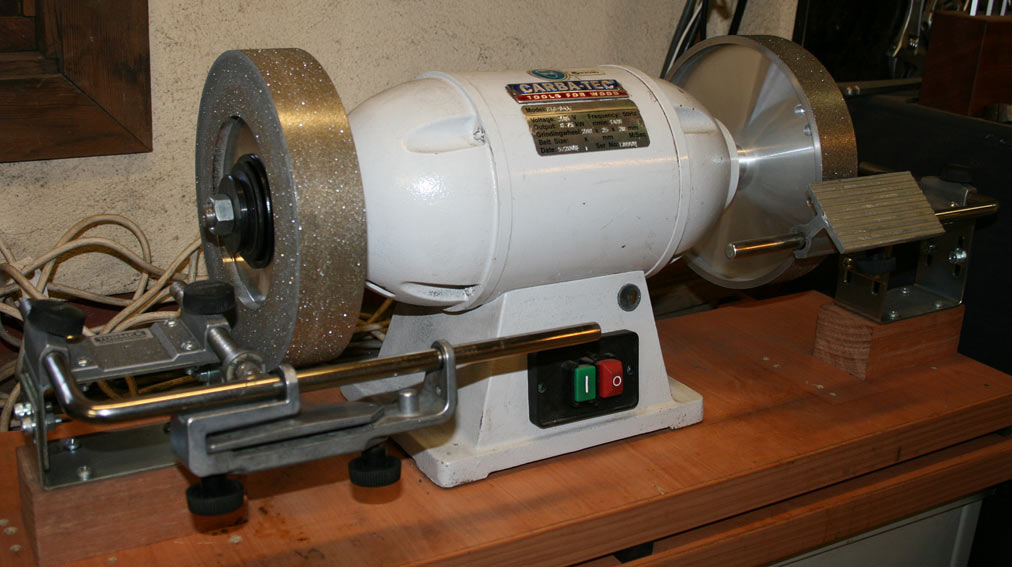Jacob
Pint of bass, porkpie, and packet of crisps please
There is no friction between the sand paper disc and the aluminium disc behind it, unlike a belt sander where there IS friction between the belt and the platen.discs aren't low friction. Anything hard behind an abrasive is high friction. ...
erewego - D_W on ignore again, he never rests!





